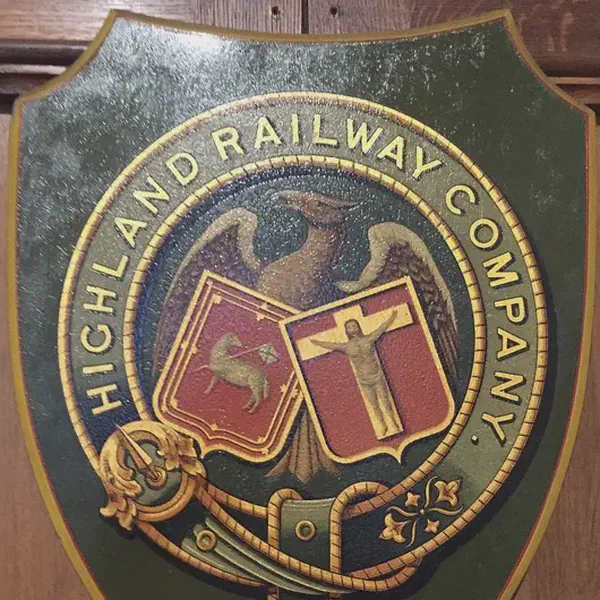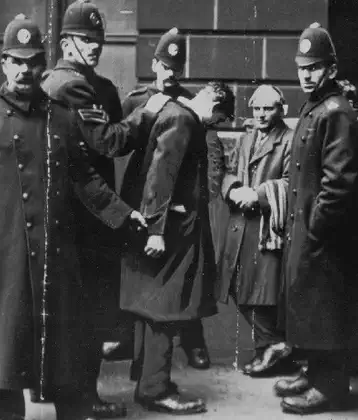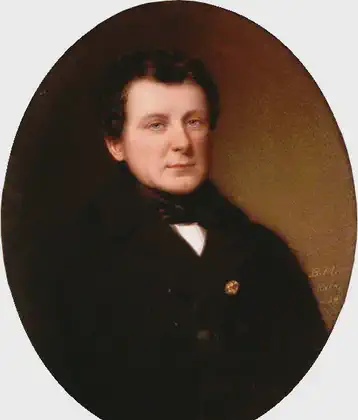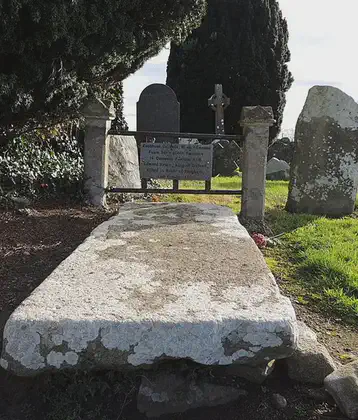On February 01, 1865 in Celtic History
Highland railway formed from the inverness perth junction & inverness aberdeen junction railways

The Highland Railway (HR) was one of the smaller British railways before the Railways Act 1921, operating north of Perth railway station in Scotland and serving the farthest north of Britain. Based in Inverness, the company was formed by merger in 1865, absorbing over 249 miles (401 km) of line. It continued to expand, reaching Wick and Thurso in the north and Kyle of Lochalsh in the west, eventually serving the counties of Caithness, Sutherland, Ross & Cromarty, Inverness, Perth, Nairn, Moray and Banff. Southward it connected with the Caledonian Railway at Stanley Junction, north of Perth, and eastward with the Great North of Scotland Railway at Boat of Garten, Elgin, Keith and Portessie.
The Highland Railway was formed through the amalgamation of several smaller railway companies, primarily the Inverness & Perth Junction Railway and the Inverness & Aberdeen Junction Railway. This merger took place in the early 1860s, specifically in 1865, creating a unified railway company that would play a crucial role in the development of rail transport across the Scottish Highlands.
The Inverness & Perth Junction Railway was established to connect Inverness with the Scottish central railway network, via Perth, facilitating a direct route to the south. The Inverness & Aberdeen Junction Railway, on the other hand, aimed to connect Inverness with Aberdeen, enhancing east coast connections. The merger of these two companies, along with others, into the Highland Railway, was a strategic move to consolidate operations, reduce competition, and provide more efficient service through the rugged terrain of the Highlands.
The formation of the Highland Railway marked a significant development in Scottish railway history, providing vital links between the remote regions of the Highlands and the more populous and industrial cities of Scotland and England. The railway facilitated economic development, promoted tourism, and improved accessibility to the remote Highlands, playing a key role in the social and economic transformation of the region during the late 19th and early 20th centuries.
The Highland Railway operated a network of routes that traversed some of Scotland’s most challenging landscapes, including mountains, lochs, and glens. It became known for its engineering feats and the picturesque beauty of its routes. The company existed as an independent entity until the grouping of railway companies in 1923, when it became part of the London, Midland and Scottish Railway (LMS).
More From This Day

Feast of goddess Brigit, also known as Imbolc, Candlemasm, Groundhogs Day, Celtic fertility day
February 01



Thomas MacDonagh, patriot, poet, critic and scholar, is born in Cloughjordan, Co. Tipperary
February 01, 1878

Daniel O'Connell, having kills Norcot d'Esterre in a duel fought on this date
February 01, 1815


Edward the Bruce of Scotland and his Irish allies win the battle of Skerries in Kildare
February 01, 1315
